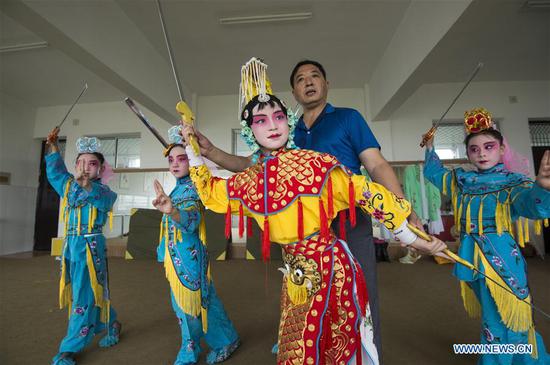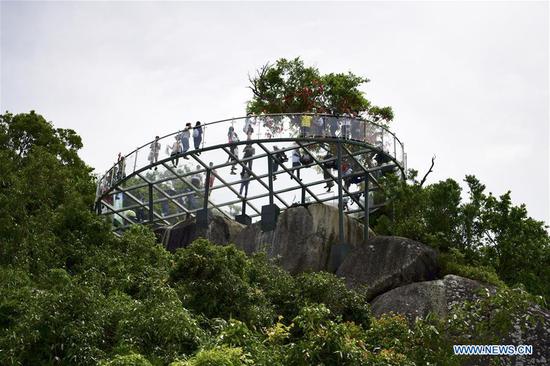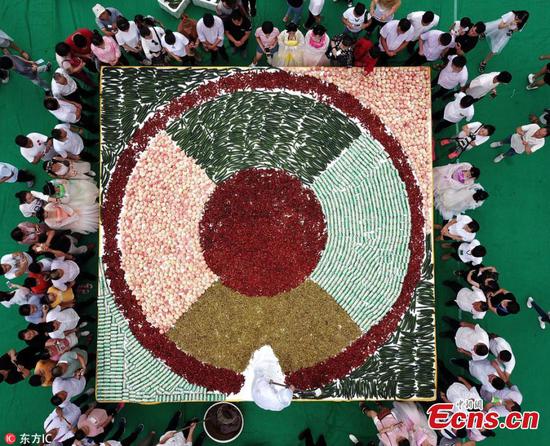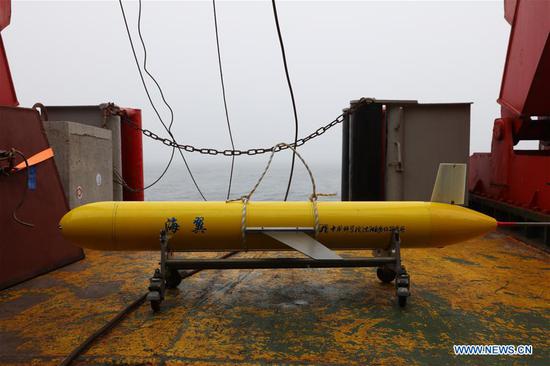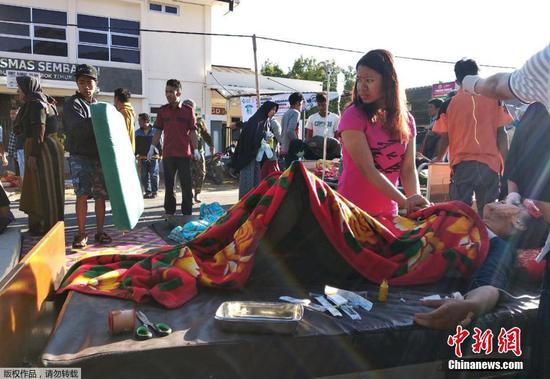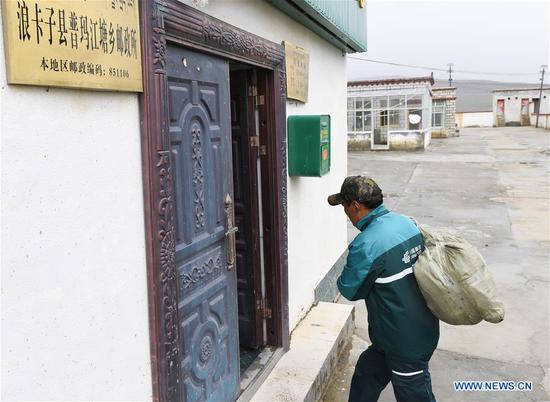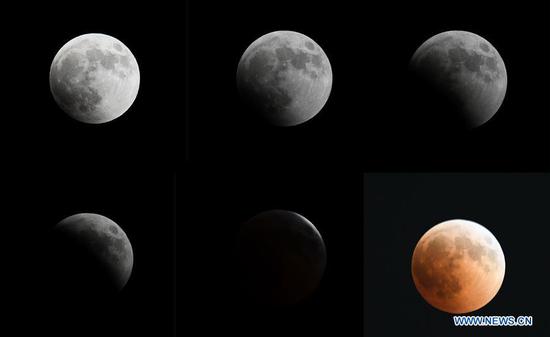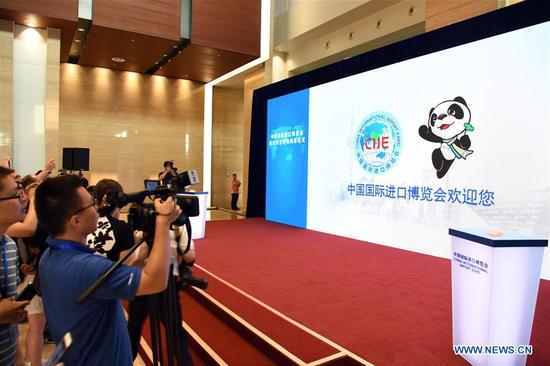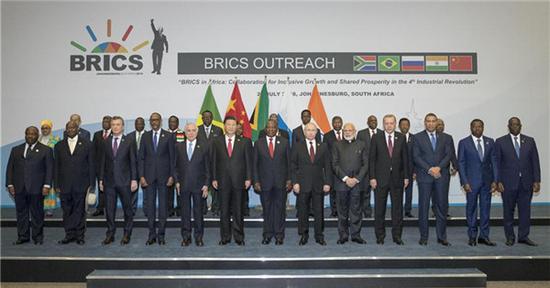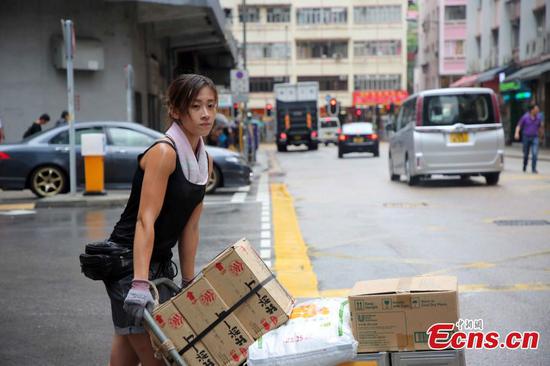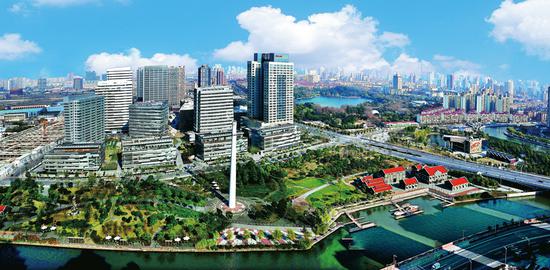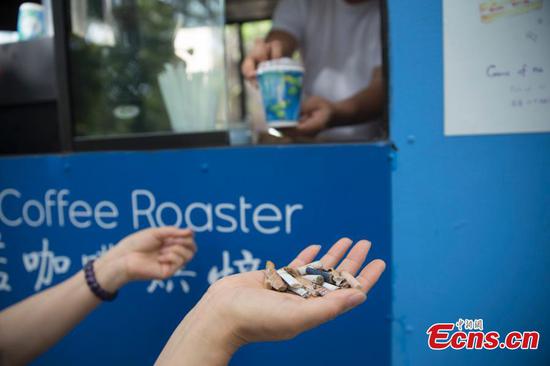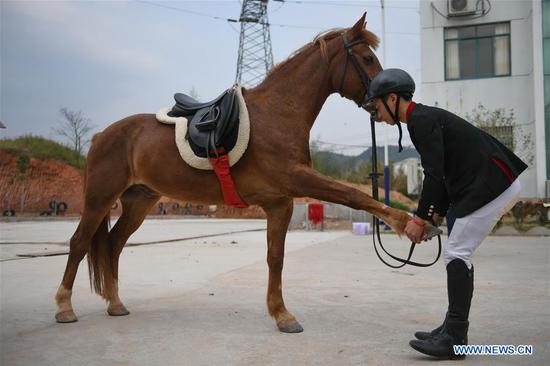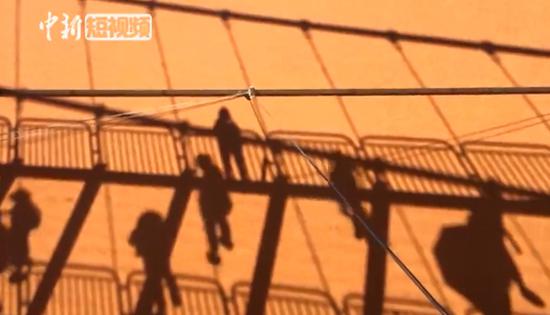China's real estate sector is divided on the industry's outlook, said media reports, as participants seek to interpret the country's fiscal policy after the central bank released 502 billion yuan ($73.7 billion) to commercial banks through its medium-term lending facility (MLF) mechanism on July 23.
Recent monetary easing by China's central bank has explicitly asked banks to target small and medium-sized enterprises (SMEs) and the real economy, but observers disagree whether monetary expansion will eventually find its way into real estate, pushing home prices to new heights.
"Most developers are under severe liquidity stress, sales in first tier-cities aren't keeping up and financing routes are blocked," an industry analyst told domestic news site http://www.creb.com.cn/.
China's strict control on housing sales is also strengthening, as purchase restrictions have extended to most cities in the country, with 210 new regulations implemented in 2018 alone.
However, others argue that the real economy cannot absorb all the newly created liquidity. Pan Shiyi, chairman of SOHO China, one of the country's largest office property developers, made the bullish case for real estate in a recent video interview.
"Real estate does not depend on the Ministry of Housing and Urban-Rural Development, it only depends on the central bank. The central bank has released so much money. Where will all that money move to? To onions? To pork? Those markets are too small. Let the money go to real estate. It's a reservoir," said Pan









